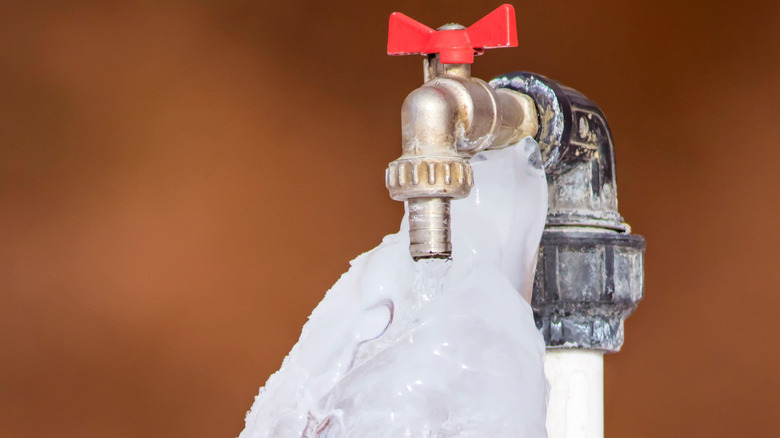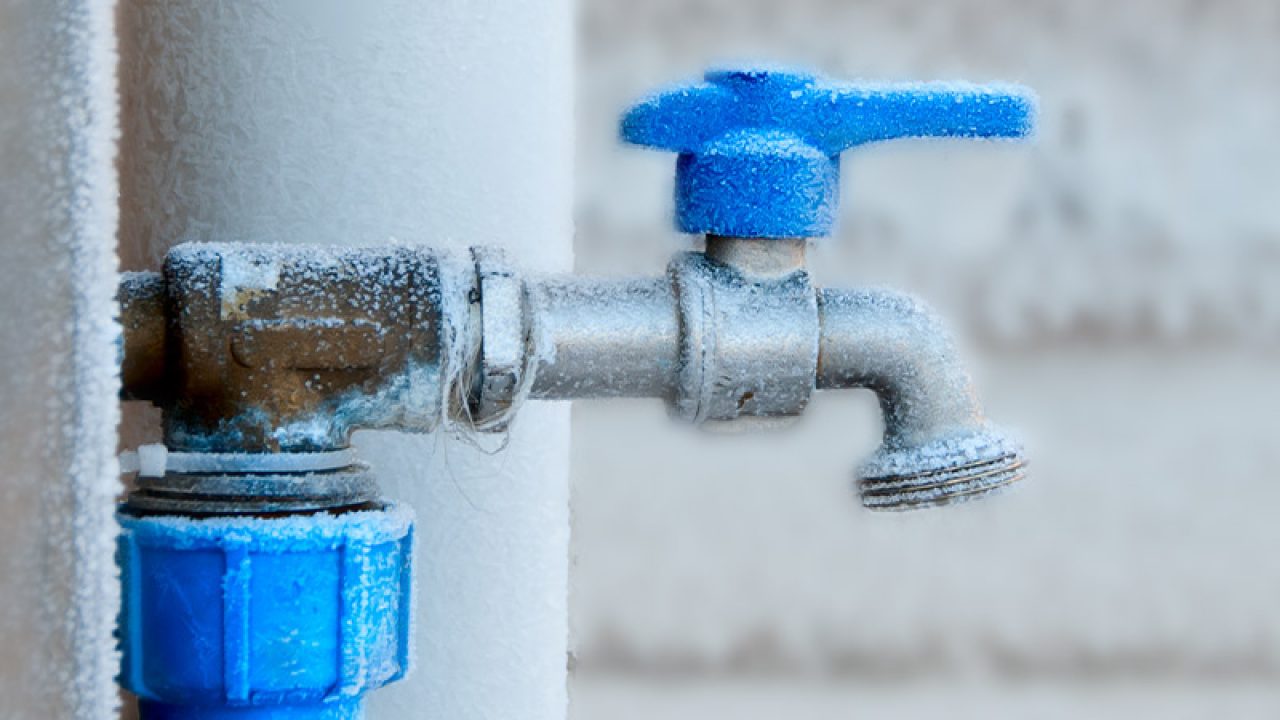What're your ideas on Preventing and dealing with frozen pipes?

Cold weather can wreak havoc on your plumbing, particularly by freezing pipelines. Below's just how to stop it from occurring and what to do if it does.
Introduction
As temperature levels decrease, the risk of frozen pipelines boosts, potentially resulting in costly fixings and water damage. Understanding how to prevent icy pipes is crucial for home owners in chilly environments.
Prevention Tips
Insulating prone pipes
Cover pipelines in insulation sleeves or make use of warm tape to secure them from freezing temperature levels. Concentrate on pipelines in unheated or exterior areas of the home.
Heating methods
Keep interior areas appropriately heated up, particularly areas with plumbing. Open cabinet doors to allow warm air to circulate around pipelines under sinks.
Just how to recognize icy pipes
Search for reduced water flow from taps, uncommon smells or sounds from pipes, and noticeable frost on subjected pipes.
Long-Term Solutions
Structural modifications
Take into consideration rerouting pipes far from outside wall surfaces or unheated areas. Add additional insulation to attics, cellars, and crawl spaces.
Upgrading insulation
Buy top quality insulation for pipes, attic rooms, and walls. Correct insulation helps preserve consistent temperatures and lowers the danger of frozen pipelines.
Securing Outdoor Pipes
Garden tubes and outside taps
Detach and drain pipes garden tubes before winter season. Mount frost-proof spigots or cover outside taps with protected caps.
Recognizing Frozen Pipes
What creates pipes to freeze?
Pipelines freeze when subjected to temperature levels below 32 ° F (0 ° C) for extended periods. As water inside the pipelines ices up, it expands, taxing the pipeline wall surfaces and possibly triggering them to rupture.
Threats and problems
Icy pipelines can lead to water system interruptions, property damages, and pricey fixings. Ruptured pipes can flood homes and cause considerable architectural damage.
Indicators of Frozen Piping
Determining frozen pipelines early can avoid them from rupturing.
What to Do If Your Pipes Freeze
Immediate activities to take
If you suspect frozen pipes, maintain taps open to alleviate pressure as the ice thaws. Use a hairdryer or towels taken in hot water to thaw pipelines slowly.
Verdict
Protecting against icy pipes needs aggressive actions and quick reactions. By recognizing the causes, indicators, and preventive measures, house owners can protect their plumbing throughout winter.
Helpful Tips to Prevent Frozen Pipes this Winter
UNDERSTANDING THE BASICS: WHY PIPES FREEZE AND WHY IT’S A PROBLEM
Water freezing inside pipes is common during the winter months, but understanding why pipes freeze, and the potential problems it can cause is crucial in preventing such incidents. This section will delve into the basics of why pipes freeze and the associated problems that may arise.
THE SCIENCE BEHIND FROZEN PIPES
When water reaches freezing temperatures, it undergoes a physical transformation and solidifies into ice. This expansion of water as it freezes is the primary reason pipes can burst. As the water inside the pipe freezes, it expands, creating immense pressure on the walls. If the pressure becomes too great, the pipe can crack or rupture, leading to leaks and water damage.
FACTORS THAT CONTRIBUTE TO PIPE FREEZING
Low Temperatures: Extremely cold weather, especially below freezing, increases the risk of pipes freezing. Uninsulated or Poorly Insulated Pipes: Pipes located in unheated areas, such as basements, crawl spaces, or attics, are more prone to freezing. Insufficient insulation or lack of insulation altogether exacerbates the problem. Exterior Wall Exposure: Pipes running along exterior walls are susceptible to freezing as they encounter colder temperatures outside. Lack of Heating or Temperature Regulation: Inadequate heating or inconsistent temperature control in your home can contribute to frozen pipes. PROBLEMS CAUSED BY FROZEN PIPES
- Pipe Bursting: As mentioned earlier, the expansion of water as it freezes can cause pipes to burst, resulting in significant water damage.
- Water Damage: When pipes burst, it can lead to flooding and water damage to your property, including walls, ceilings, flooring, and personal belongings.
- Structural Damage: Prolonged exposure to water from burst pipes can compromise the structural integrity of your home, leading to costly repairs.
- Mold and Mildew Growth: Excess moisture from water damage can create a favorable environment for mold and mildew growth, posing health risks to occupants.
- Disrupted Water Supply: Frozen pipes can also result in a complete or partial loss of water supply until the issue is resolved.
WHY CERTAIN PIPES ARE MORE PRONE TO FREEZING
- Location: Pipes located in unheated or poorly insulated areas, such as basements, crawl spaces, attics, or exterior walls, are at higher risk of freezing.
- Exterior Pipes: Outdoor pipes, such as those used for irrigation or exposed plumbing, are particularly vulnerable to freezing as they are directly exposed to the elements.
- Supply Lines: Pipes that carry water from the main water supply into your home, including the main water line, are critical to protect as freezing in these lines can affect your entire plumbing system.
- Underground Pipes: Pipes buried underground, such as those connected to sprinkler systems or outdoor faucets, can be susceptible to freezing if not properly insulated.
https://busybusy.com/blog/helpful-tips-to-prevent-frozen-pipes-this-winter/

We are very interested in How to prepare your home plumbing for winter weather and I am assuming you appreciated my page. Sharing is nice. Who knows, you could be helping someone out. Thank-you for taking the time to read it.
Call Today